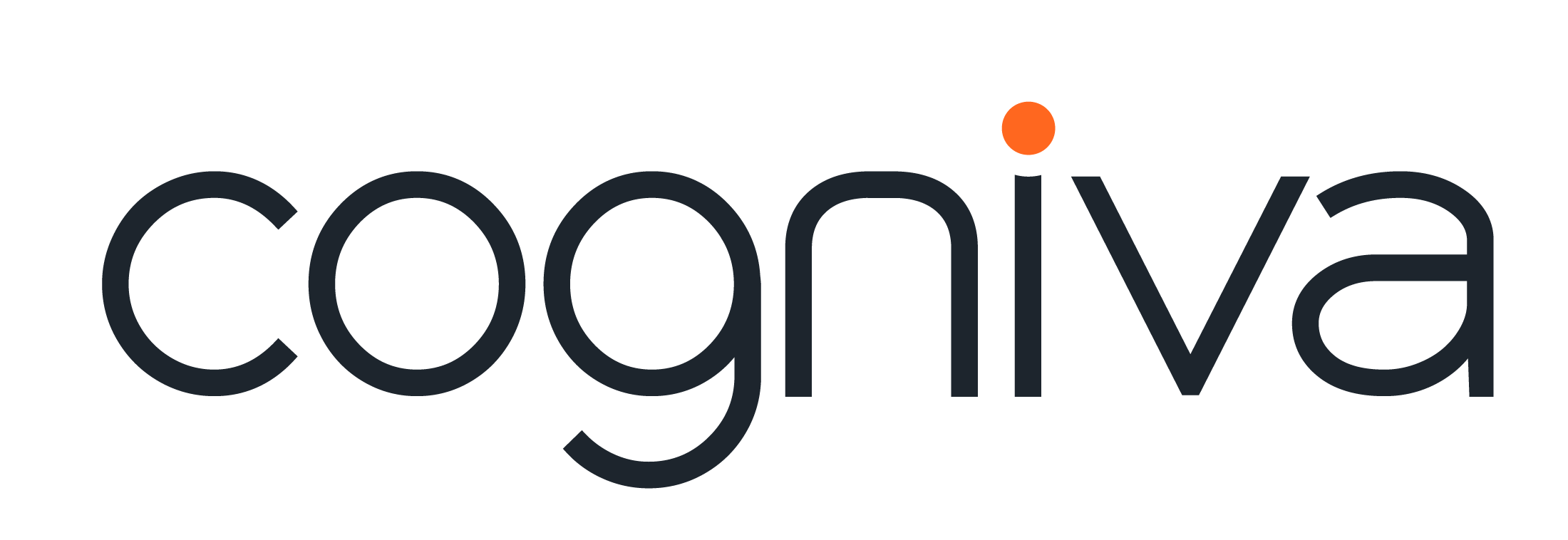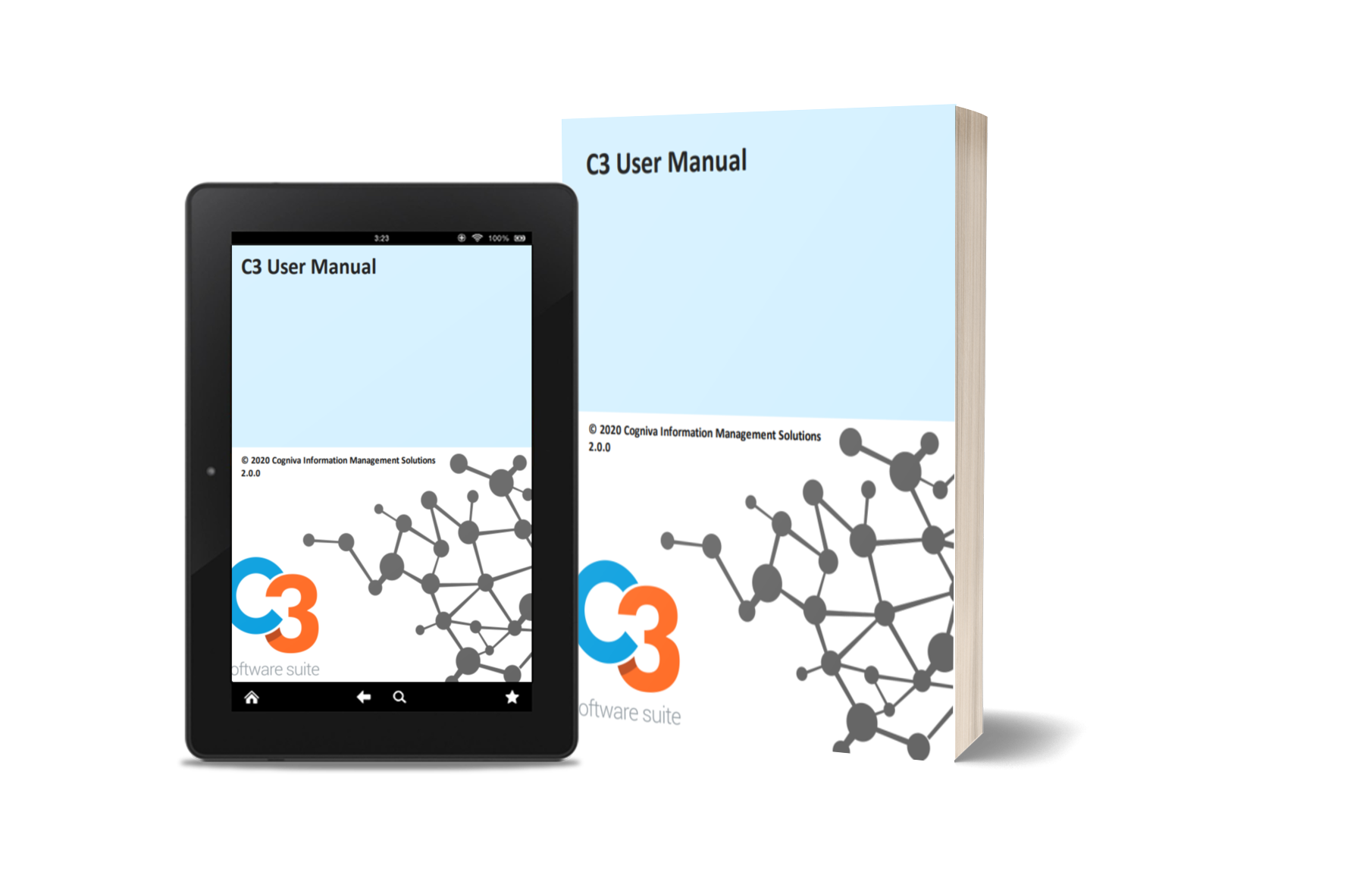The Importance of Content Classification: Managing Information Assets (1/3)
With the ease of digital content creation, it is increasingly important to classify content so it can be managed, found, reused, and disposed of where necessary. If you consider filling your taxes, it would be helpful to find all tax documents relating to a particular tax year without having to manually dig through files and folders. Metadata serves this need, leveraging a controlled list of terms, a taxonomy, to help describe content so that it can easily, consistently be found and managed.
The importance of proper content classification, when scaled across an organization, should not be ignored. Having properly described, organized content allows you to make decisions with relevant information where it is needed, minimizing content recreation and hours lost searching for relevant information.
At Cogniva, at a high-level, we think of metadata across several dimensions:
Content-based metadata describes the content of the document (e.g. Content Type is Tax document)
Context-based metadata describes the context in which the content was created (e.g. Author is Sydney, Date Created is February 7, 2019)
Work organization metadata describes a subset of content-based metadata, which helps describe the content along dimensions such as project number, case number, etc. It can be helpful to think of work organization as folders you might create to help organize your files
Recordkeeping metadata describes rules around the management of records including file plan numbers, retention and disposition rules, etc.
We work with clients to draft metadata schema, which defines metadata necessary to meet organizational needs. An organization like Parks Canada might wish to classify a document based on a species at risk, so that a search can be done to find all reports where a species is mentioned. The metadata schema is informed by sources including Dublin Core, or the Information Management Common Core’s prescribed metadata elements, or the earlier Government of Canada’s RKMap (GC Recordkeeping Metadata Application Profile), with customizations to meet client outcomes. Solutions are customer specific, and a combination of client interviews and business analysis is necessary to provide an appropriately tailored solution.
Ultimately, content that is not described consistently cannot easily be leveraged when and where it is needed. With information being one of an organization’s most valuable assets, it must be appropriately managed. This creates an issue, in that people tend not to think about classifying their content. They may lean towards not classifying at all or classifying a minimal number of fields. You can increase user adoption by making classification as easy as possible. In my next two posts, I’ll talk about two distinct methods of increasing adoption: rules-based classification and autoclassification.



